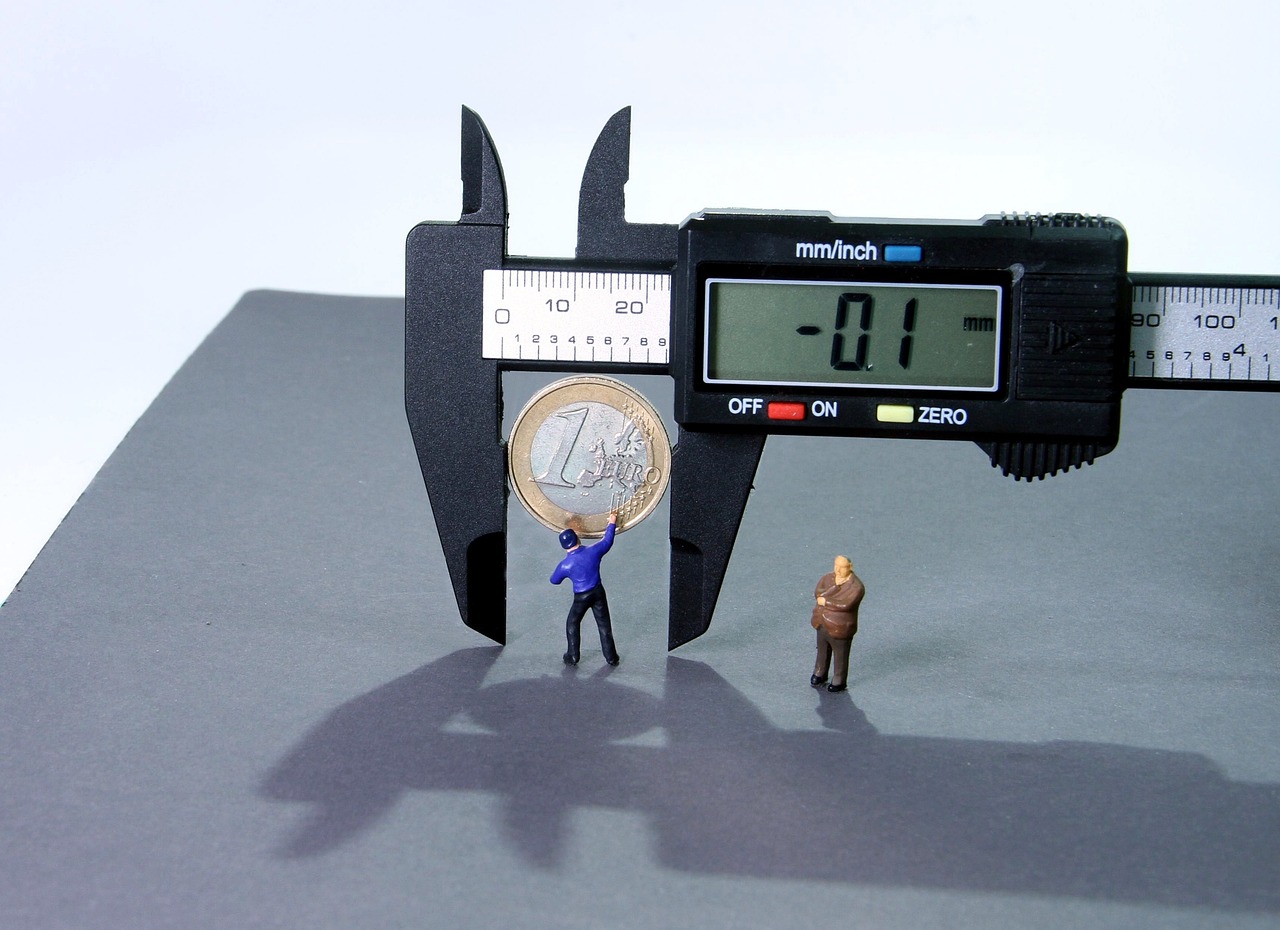How to Calculate Inflation Rate: A Comprehensive Guide

Introduction
Inflation, a term often heard in economic discussions, represents the rate at which the general level of prices for goods and services rises over a period of time. Understanding how to calculate the inflation rate is crucial for making informed financial decisions, whether you are a student, investor, or policymaker.
Why is Inflation Important?
Inflation affects purchasing power, savings, investments, and overall economic stability. By calculating the inflation rate, you can gauge how much more expensive goods and services have become. Helping you plan your finances effectively.
Formula to Calculate Inflation Rate
The basic formula for calculating the inflation rate is:
Inflation Rate (%) = [(CPIcurrent - CPIprevious) / CPIprevious] × 100
Where:
- CPIcurrent: Consumer Price Index in the current period.
- CPIprevious: Consumer Price Index in the previous period.
Step-by-Step Guide to Calculate Inflation Rate
- Determine the Time Frame: Decide the period you want to analyze, such as month-over-month or year-over-year.
- Collect CPI Data: Obtain CPI figures for the chosen time frame from reliable sources, such as government reports or economic databases.
- Apply the Formula: Plug the CPI values into the formula mentioned above.
- Interpret the Result: The resulting percentage shows the inflation rate for the specified period.
Example Calculation
Let’s assume the following:
- CPIcurrent: 280
- CPIprevious: 260
Using the formula:
Inflation Rate = [(280 - 260) / 260] × 100 = 7.69%
This means prices have increased by 7.69% over the selected period.
Factors Influencing Inflation
Several factors can drive inflation, including:
- Demand-Pull Inflation: When demand for goods and services exceeds supply.
- Cost-Push Inflation: Rising production costs, such as wages or raw materials, lead to higher prices.
- Monetary Policies: Central banks’ policies, such as adjusting interest rates, impact inflation rates.
How Inflation Impacts Everyday Life
Inflation has a direct and tangible impact on everyday life. Here are some ways it affects individuals and businesses:
- Purchasing Power: As inflation rises, the value of money decreases, leading to reduced purchasing power.
- Savings and Investments: Inflation erodes the real value of savings if the interest rate on savings is lower than the inflation rate.
- Wages: While wages may increase over time, they often lag behind inflation, affecting the standard of living.
- Business Costs: Companies may face higher costs for raw materials and labor, which can reduce profit margins.
Advanced Techniques for Measuring Inflation
Beyond the basic CPI method, economists and analysts use advanced techniques to measure inflation, such as:
- Producer Price Index (PPI): Measures the average change in selling prices received by domestic producers for their output.
- GDP Deflator: A measure of the price level of all domestically produced goods and services in an economy.
- Core Inflation: Excludes volatile items like food and energy prices to provide a clearer picture of underlying inflation trends.
Conclusion
Calculating the inflation rate is a vital skill for understanding economic trends and their impact on daily life. By following the steps outlined in this guide, you can easily determine how inflation affects your expenses and plan accordingly. Whether you're a curious individual or a professional, mastering this concept empowers you to navigate the complexities of a changing economy.
For a deeper understanding of inflation and its impact, explore economic reports and stay updated on current market trends.